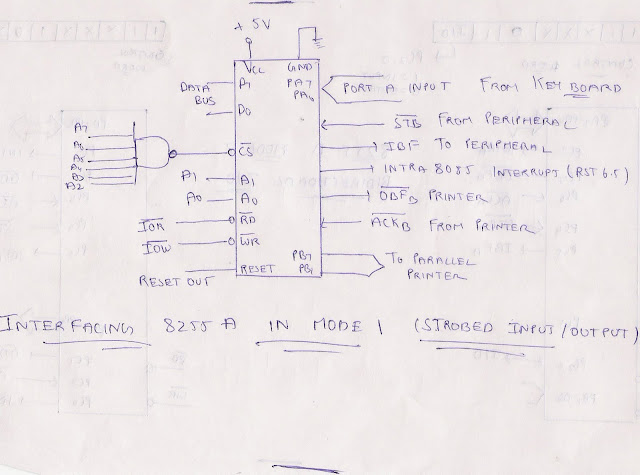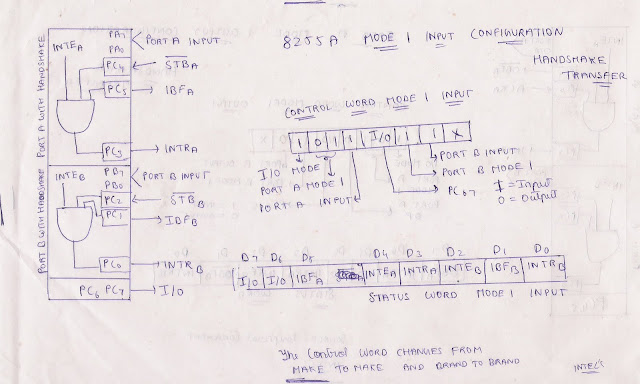;program to divide absolute value like 20/5 = 4 etc.
;or like 4/2 not 20.5/12 no decimal values will be divided
ORG 0H ;
MOV A, #25 ;
MOV R0, #05 ;
MOV R1, #00H ;
LOOP: SUBB A, R0;
INC R1 ;
JNZ LOOP ;
END
MOV A, #25 ;
MOV R0, #05 ;
MOV R1, #00H ;
LOOP: SUBB A, R0;
INC R1 ;
JNZ LOOP ;
END



